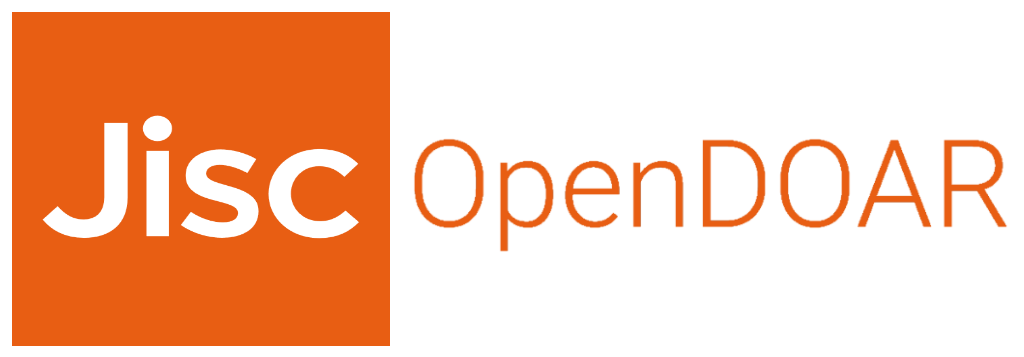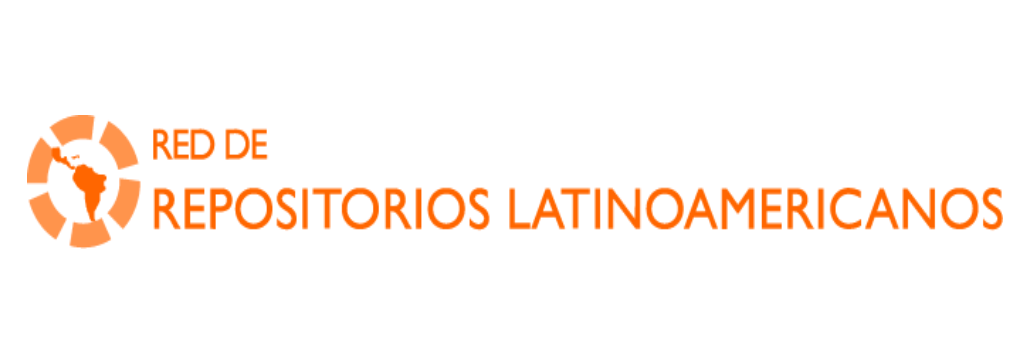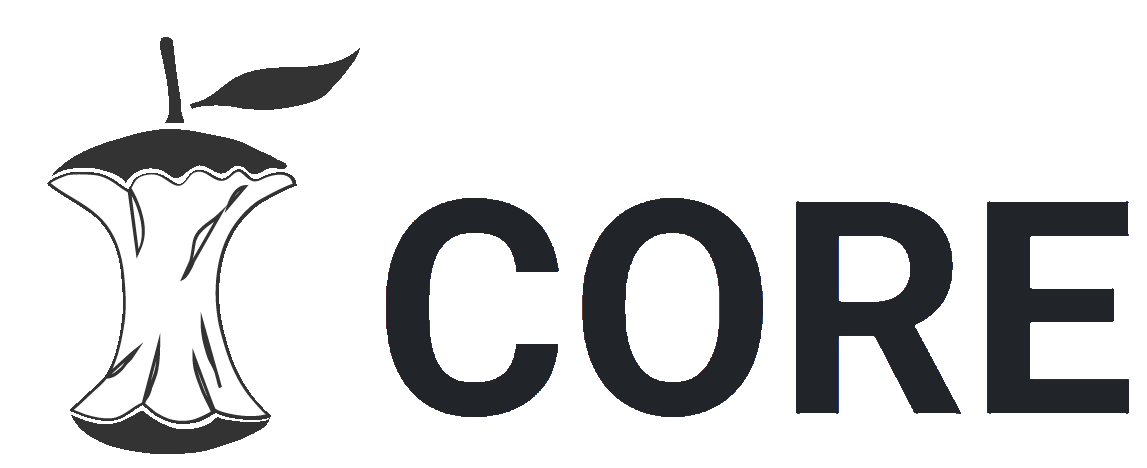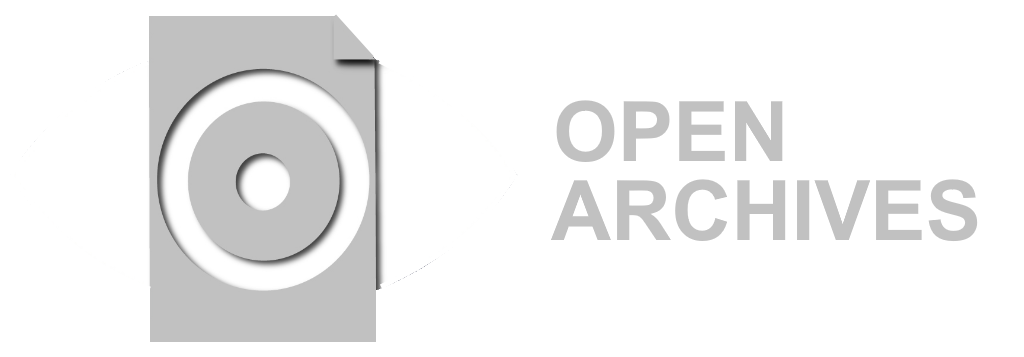Mostrar el registro sencillo del ítem
IMPLEMENTACIÓN DE UN MUSEO GASTRONÓMICO QUE EVIDENCIE LOS SABERES DE LOS COCINEROS ANCESTRALES DEL PACIFICO
| dc.rights.license | Atribución-NoComercial-CompartirIgual 4.0 Internacional (CC BY-NC-SA 4.0) | spa |
| dc.contributor.advisor | Hernández Ocampo, Hernán de Jesús | |
| dc.contributor.author | Viera salazar, Korin michel | |
| dc.date.accessioned | 2025-03-27T14:54:43Z | |
| dc.date.available | 2025-03-27T14:54:43Z | |
| dc.date.issued | 14-10 | |
| dc.identifier.citation | VIERA SALAZAR K, M. GÓMEZ RINCÓN D, C. IMPLEMENTACIÓN DE UN MUSEO GASTRONÓMICO QUE EVIDENCIE LOS SABERES DE LOS COCINEROS ANCESTRALES DEL PACIFICO [TESIS DE PREGRADO UNIVERSIDAD DEL PACIFICO]. https://repositorio.unipacifico.edu.co/handle/unipacifico/9/workflow?workflowID=1068 | spa |
| dc.identifier.uri | https://repositorio.unipacifico.edu.co/handle/unipacifico/1090 | |
| dc.description.abstract | El turismo a nivel mundial, se encuentra en cambios constantes en donde las empresas siempre buscan innovar y estar siempre un paso delante de las demás, en turismo de negocios, de playa, de naturaleza, pero, es la gastronomía quien hoy en día, es una de las alternativas más viables para conocer un país por medio de un museo, que muestre la diversidad en alimentos, sean dulces, ácidos, salados o picantes. Por ello, se realizó una investigación con respecto a los museos gastronómicos que existen alrededor del mundo, con el fin de incorporar uno en el distrito especial de Buenaventura, justo en la zona céntrica – urbana. Se utilizó el método cuantitativo (encuestas) para saber la percepción de las personas sobrela incorporación de un museo gastronómico, y a su vez, saber su opinión con respecto a lo que quisieran degustar, encontrando como resultado un (53%) correspondiente a 38 personas en total, consideran necesario un museo de esta categoría, por otro lado, un (37%)que equivale a 25 personas opinan que no es viable y por ultimo un (10%) que equivalen 37 personas son neutros en cuanto a respuestas concretas. Por otro lado, se utilizaron las entrevistas, haciendo indagación a 6 personas con diferentes perfiles profesionales y educativos, en donde todos concordaron con que, la incorporación de un museo gastronómico es sumamente importante porque ayudaría a potencializar el turismo cultural y a su vez, generar oportunidades de empleo y, por si fuera poco, aportaría al crecimiento y desarrollo del turismo en el distrito especial de Buenaventura. | |
| dc.description.abstract | Tourism worldwide is in constant change where companies always seek to innovate and always be one step ahead of others, in business tourism, beach tourism, nature tourism, butit is gastronomy that today is one of the most viable alternatives to get to know a country through a museum, which shows the diversity in food, be it sweet, sour, salty or spicy. For this reason, an investigation was carried out regarding the gastronomic museums that exist around the world, in orderto incorporate one in the special district of Buenaventura,rightinthe central - urban area. The quantitative method (surveys) was used to know the perception of people about the incorporation of a gastronomic museum, and in turn, to know their opinion regarding what they would like to taste, finding as a result (53%) corresponding to 38 people In total, they consider a museum of this category necessary, on the other hand, a (37%) that is equivalentto 25 people think that it is not viable and finally a (10%) that is equivalent to 37 people are neutral in terms of specific answers. On the other hand, the interviews were used, making inquiries of 6 people with different professional and educational profiles, where all agreed that the incorporation of a gastronomic museum is extremely important because it would help to enhance cultural tourism and, in turn, generate opportunities of employment and, asif that were not enough,it would contribute to the growth and development of tourism in the special district of Buenaventura. | eng |
| dc.description.tableofcontents | INTRODUCCIÓN 1. MÓDULO DE MERCADO 1.2 ESTUDIO DE MERCADO 1.2.1 ANTECEDENTES 1.2.2 PLANTEAMIENTO DEL PROBLEMA 1.2.3 OBJETIVOS 1.2.3.2 Objetivos Específicos 1.2.4 FICHA TÉCNICA. 1.2.5 Metodología 1.2.6 Resultados 1.3 MERCADO POTENCIAL 1.4 PRODUCTOS A OFRECER 1.5 PROPUESTA DE VALOR 1.6 DESCRIPCIÓN DE LA COMPETENCIA 2. MODULO TÉCNICO 2.1 NORMATIVIDAD TÉCNICA 2.2 CONDICIONES TÉCNICAS 2.3 FLUJOGRAMA DE PROCESOS: 3. MODULO ORGANIZACIONA 3.1 MISIÓN 3.2 VISIÓN 3.3 OBJETIVOS ESTRATÉGICOS 3.4 VALORES CORPORATIVOS 3.5 ORGANIGRAMA 3.6 MANUAL DE FUNCIONES 4. MÓDULO FINANCIERO 4.1 COSTOS Y GASTOS 4.2 NÓMINA 4.3 REQUERIMIENTOS DE INVERSIÓN 4.4 INDICADORES 4.5 FUENTES DE FINANCIACIÓN 5. MODULO DE IMPACTOS 5.1 IMPACTO ECONÓMICO 5.2 IMPACTO SOCIAL 5.3 IMPACTO AMBIENTAL CONCLUSIONES REFERENCIAS BIBLIOGRÁFICAS ANEXOS | spa |
| dc.format.extent | 17 p. | spa |
| dc.format.mimetype | application/pdf | spa |
| dc.language.iso | spa | spa |
| dc.rights | Al consultar y hacer uso de este recurso, está aceptando las condiciones de uso establecidas por los autores. | spa |
| dc.rights.uri | https://creativecommons.org/licenses/by-nc-nd/4.0/ | spa |
| dc.subject.other | Gastronomía | |
| dc.subject.other | museología | |
| dc.subject.other | recimiento | |
| dc.title | IMPLEMENTACIÓN DE UN MUSEO GASTRONÓMICO QUE EVIDENCIE LOS SABERES DE LOS COCINEROS ANCESTRALES DEL PACIFICO | |
| dc.type | Trabajo de grado - Pregrado | spa |
| dc.contributor.researchgroup | Emprendimiento | spa |
| dc.description.degreelevel | Pregrado | spa |
| dc.description.degreename | Tecnólogo(a) en Gestión Hotelera y Turística | spa |
| dc.identifier.instname | Universidad del Pacifico | spa |
| dc.identifier.instname | Arevalo, J., Ginger, A., Plaza, S., & Reyes, E. (2019). Museos temáticos como recurso didáctico para la enseñanza y aprendizaje de las Ciencias Sociales. Scielo. doi:http://scielo.sld.cu/scielo.php?script=sci_abstract&pid=S1990-86442019000100116 | spa |
| dc.identifier.instname | Constitución Politica Ley general de Cultura Ley 397. (2013). Articulo 53. Obtenido de Gov: https://museonacional.gov.co/el-museo/normatividad/Paginas/Normatividad.aspx Fusté-Forné, F. (2021). Los paisajes de la cultura: la gastronomía y el patrimonio culinario. Obtenido de Issu:https://issuu.com/casadelagastronomiaperuana/docs/revista_para_lanzamiento/s/135230 90 | spa |
| dc.identifier.instname | Icontec. (2018). PLANEAMIENTO Y DISEÑO DE INFRAESTRUCTURAS DESTINADAS DESTINADAS PARA EL DESARROLLO DE ACTIVIDADES CULTURALES. PARTE 5. ENTIDADES MUSEALES. Obtenido de Icontec: https://tienda.icontec.org/gp-planeamiento-y-diseno-de-infraestructuras-destinadasdestinadas-para-el-desarrollo-de-actividades-culturales-parte-5-entidades-museales-ntc6250-5- 2018.html | spa |
| dc.identifier.instname | Olivera, S. (2023). Los museos y turismos gastrónimicos. Obtenido de Issu: https://issuu.com/casadelagastronomiaperuana/docs/revista_para_lanzamiento/s/13523090 Organización Mundial del Turismo y Basque Culinary Center. (2019). El turismo gastronómico. Obtenido de Unwto: https://www.e-unwto.org/doi/pdf/10.18111/9789284420995 | spa |
| dc.identifier.reponame | Repositorio Universidad del Pacifico | spa |
| dc.identifier.repourl | https://repositorio.unipacifico.edu.co/ | spa |
| dc.publisher.place | Buenaventura, Colombia | spa |
| dc.publisher.program | Tecnología en Gestión Hotelera y Turística | spa |
| dc.rights.accessrights | info:eu-repo/semantics/openAccess | spa |
| dc.subject.proposal | Gastronomía | spa |
| dc.subject.proposal | turismo | spa |
| dc.subject.proposal | museología | spa |
| dc.subject.proposal | crecimiento | spa |
| dc.subject.unesco | turismo | |
| dc.type.coar | http://purl.org/coar/resource_type/c_7a1f | spa |
| dc.type.coarversion | http://purl.org/coar/version/c_ab4af688f83e57aa | spa |
| dc.type.content | Text | spa |
| dc.type.driver | info:eu-repo/semantics/bachelorThesis | spa |
| dc.type.redcol | http://purl.org/redcol/resource_type/TP | spa |
| dc.type.version | info:eu-repo/semantics/acceptedVersion | spa |
| dc.rights.coar | http://purl.org/coar/access_right/c_abf2 | spa |
| dc.contributor.jury | arroyo, andres felipe | |
| dc.contributor.jury | renteria gongora, ana selena | |
| dc.contributor.jury | hurtado gonzalez, rocio |









